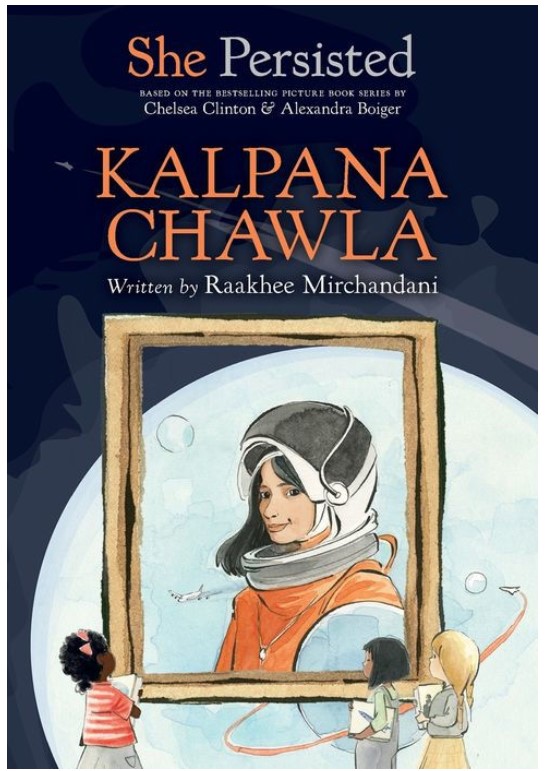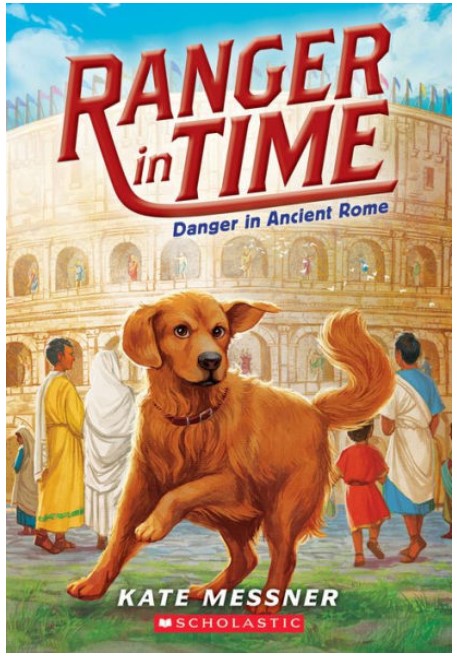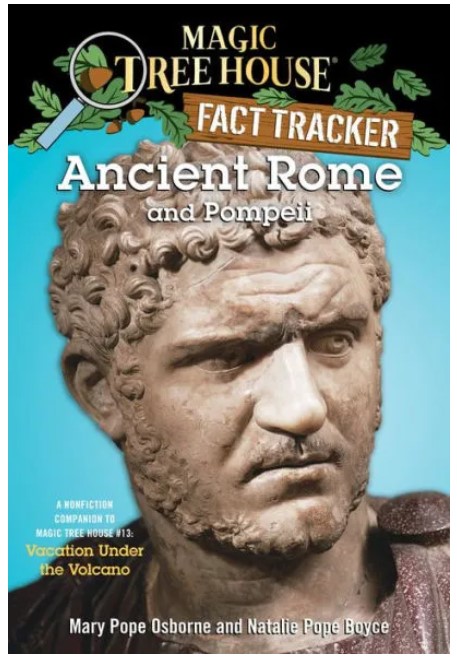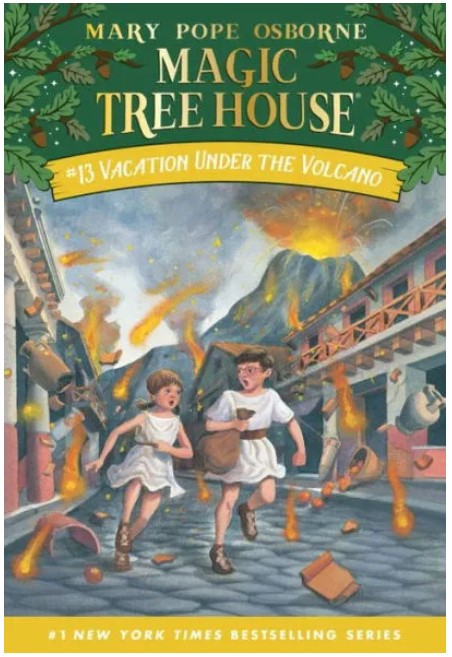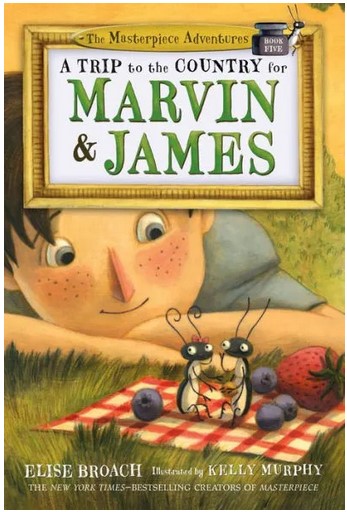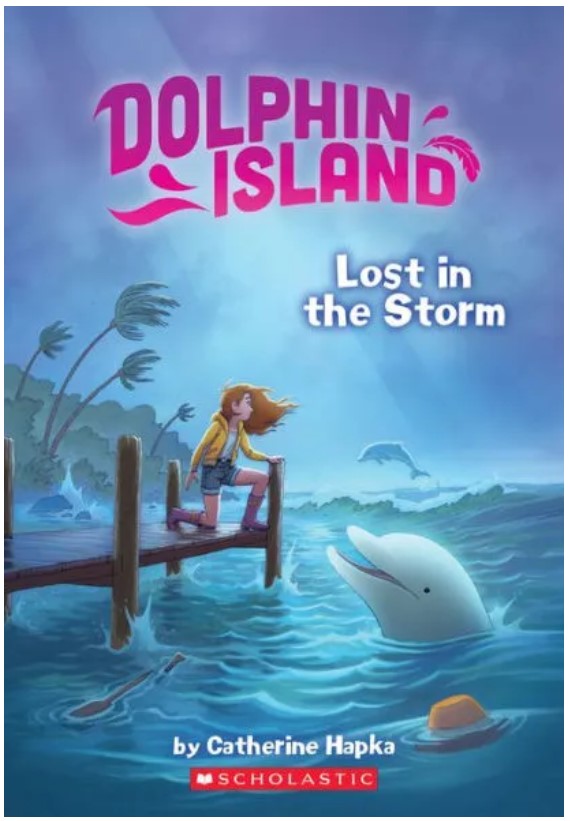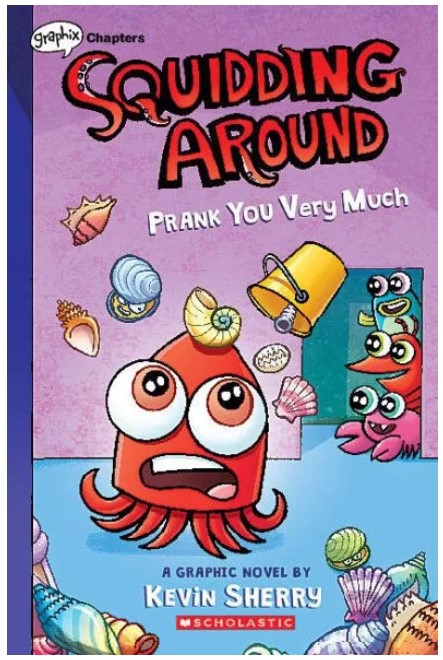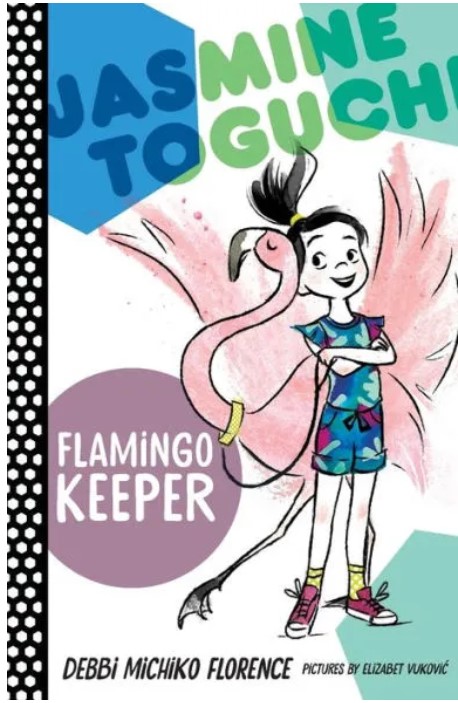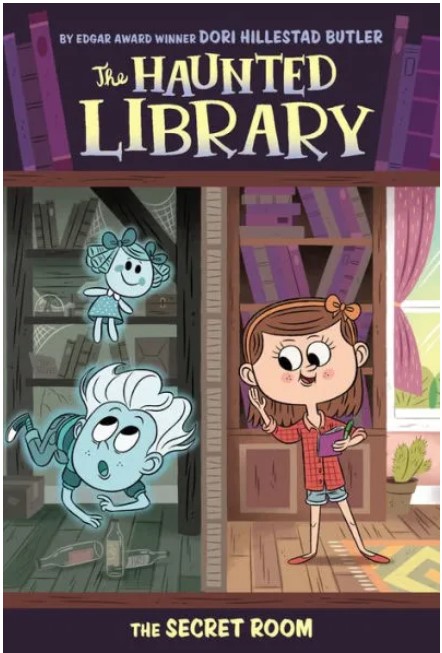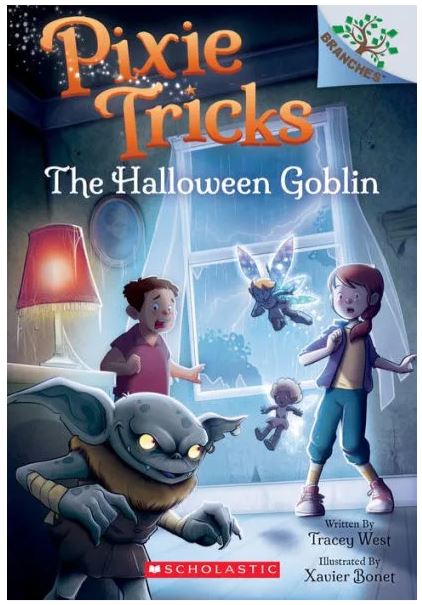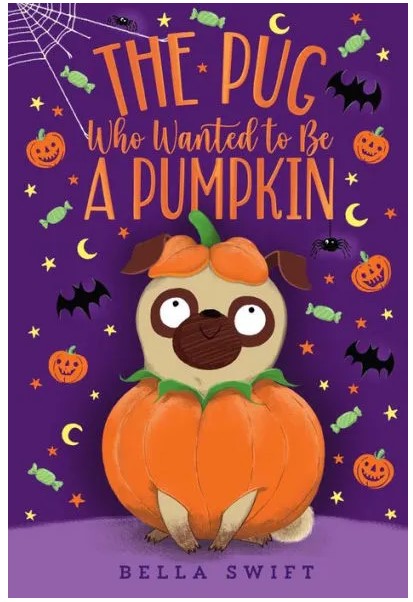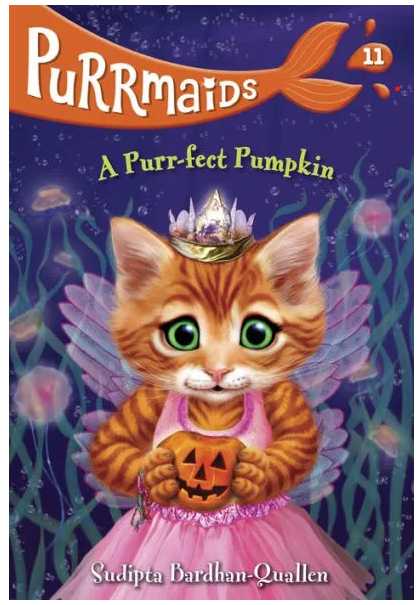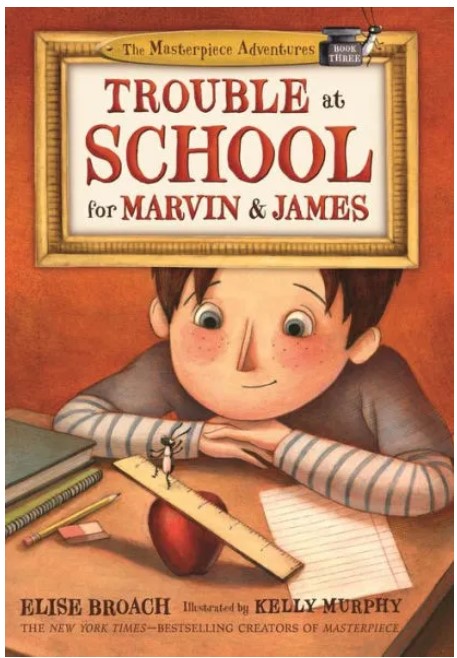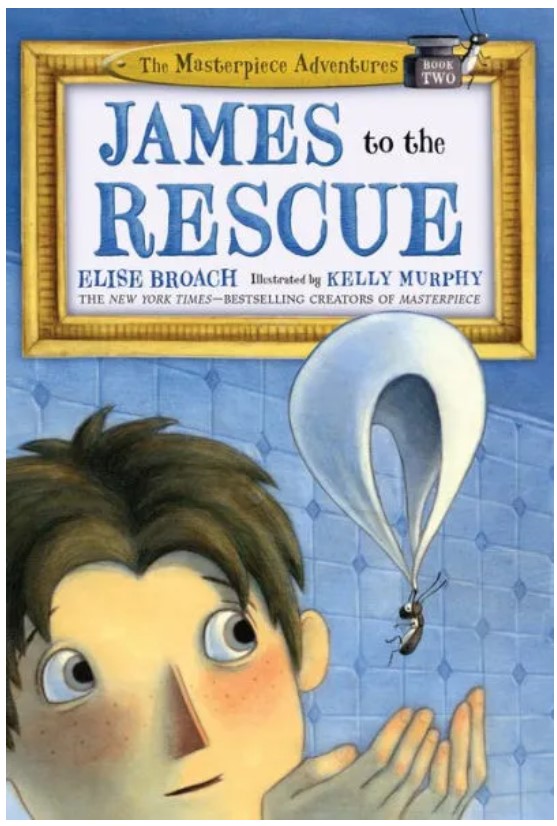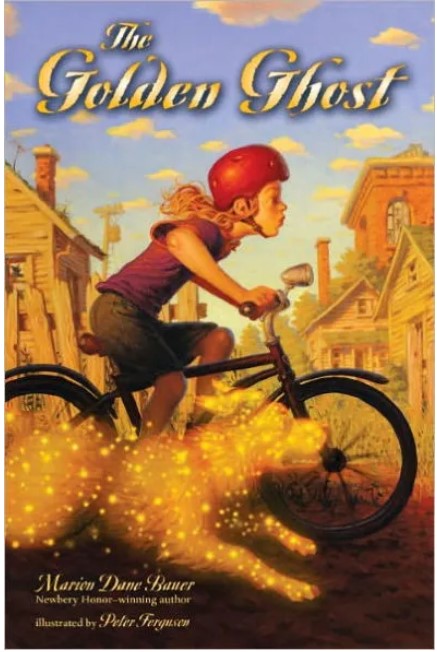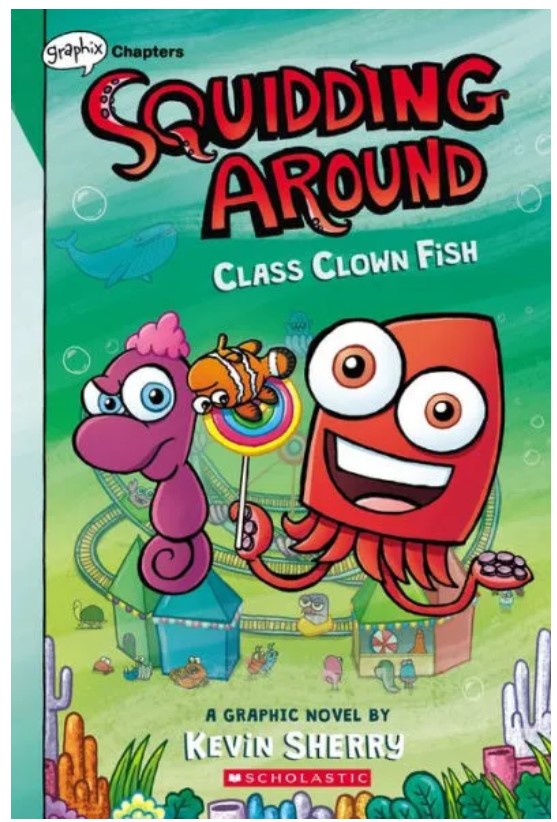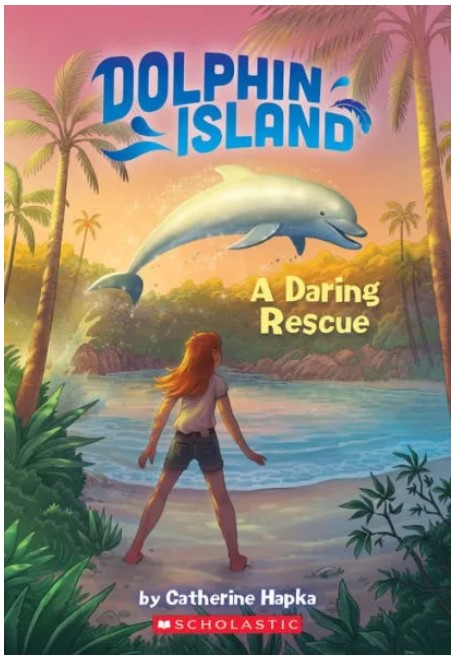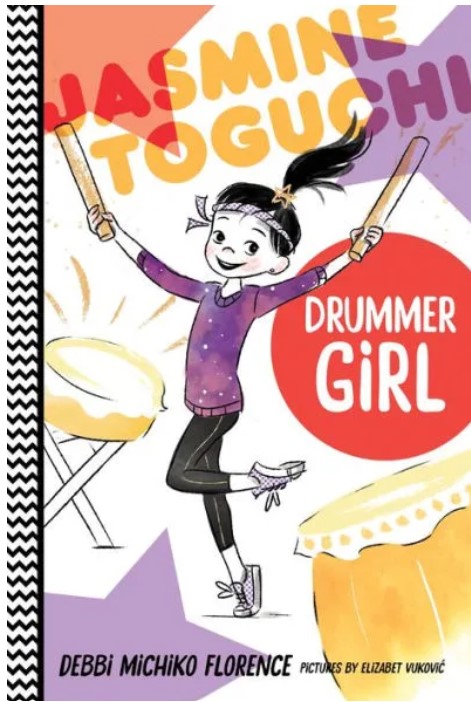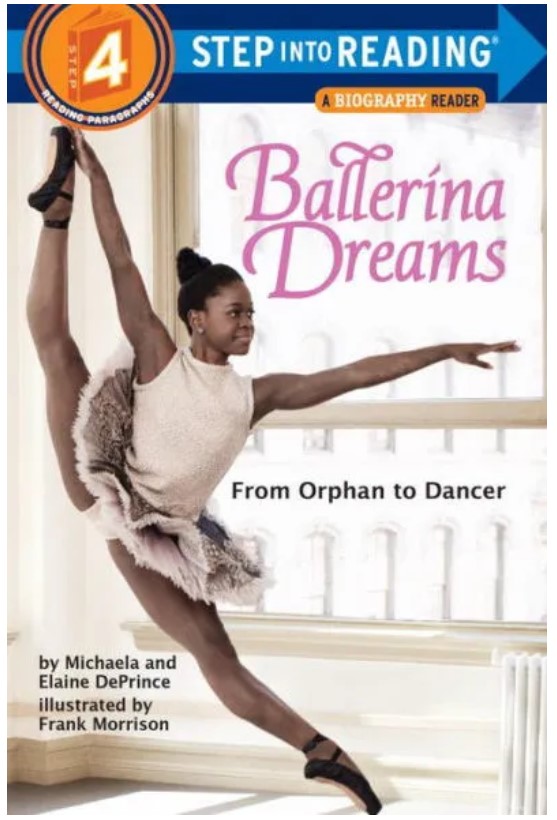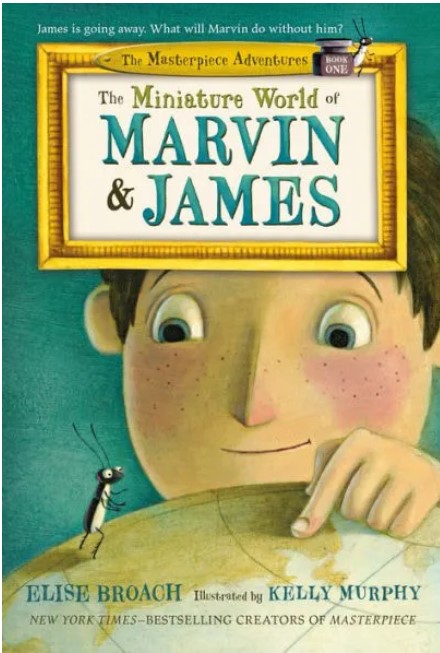The Disaster Squad is ready to save the day in this action-packed early chapter book series perfect for fans of the Magic Tree House Series, or for kids who aren’t quite ready to read the I Survived! Series.
Meet the Disaster Squad! Leela, Jaden, and the rest of the Jackson family travel the country and respond to natural disasters, helping people in need and rescuing animals along the way. In this first adventure, the Jacksons are called to Northern California, where wildfires rage through the forests. Smoke-filled skies, trapped animals, and evacuation mandates are putting people and animals in danger! Will the Disaster Squad be able to keep their cool and lend a helping hand?
Even though Leela and Jaden are kids, they still find ways to help in each emergency. For example, during a dust storm, the kids lead baby goats into a barn. Both kids have an emergency pack and night vision goggles to help them stay safe. Several times, the kids are left alone when their parents are helping others. While alone, the kids see a bear cub stuck in a tree. Wanting to help, Leela and Jaden enter the forest, and a falling tree branch injures Jaden. Later, Jaden’s father bandages the wound and says, “You don’t try to touch animals trapped in a wildfire. The baby animals will eventually find their family.” This will help readers understand that they need an adult’s help before trying to help an injured animal.
Wildfire Rescue helps readers understand all aspects of a wildfire, including how they start, how to make a face mask to protect against breathing smoke, how firefighters put out fires, evacuations, and more. Because of the extensive scope of the wildfires, an adult may want to read the book with a child so they can stop and talk about different aspects of the story. For instance, readers may need help distinguishing when jumping in to help during a natural disaster is safe.
In the first two chapters, readers are introduced to the Jackson family, who is helping a farmer during a Kansas dust storm. Then, the story quickly pivots to wildfires in California. A partial map of the United States and a map of California give readers an understanding of California’s geography. While discussing the complicated nature of wildfires, the text includes age-appropriate explanations. For example, the kids’ dad explains, “In the summers, Northern California can reach over one hundred degrees! The state is also in a drought. That means there is not enough rain, and the air and forest are dry. So wildfires are more likely to start and grow large very quickly.” In addition, the book includes an infographic showing the contents of an emergency kit and a campfire checklist.
Wildfire Rescue focuses on the Jackson family—a biracial family with two professional parents. The book also features a woman fire chief who appears in the text and two illustrations. This series is part of Scholastic‘s early chapter book line, Branches, and is aimed at newly independent readers. The easy-to-read text and illustrations on every page will appeal to readers ready for chapter books. However, Wildfire Rescue contains so much information about wildfires that readers will benefit from reading the book several times and discussing the events with an adult. The increasing number of natural disasters worldwide makes Wildfire Rescue a relevant book that will help readers understand the complexities of a wildfire. Readers can learn more about fires by reading the true story of a cat who becomes a hero in Dolores and the Big Fire by Andrew Clements.
Sexual Content
- None
Violence
- To help a bear cub, Leela and Jaden go into the burning forest. “Leela screamed as a branch hit Jaden’s arm. With a thud, he fell to the ground. . . Leela ran toward her brother. Jaden lay on the ground next to several broken branches.” Jaden is not seriously injured.
Drugs and Alcohol
- None
Language
- None
Supernatural
- None
Spiritual Content
- None

